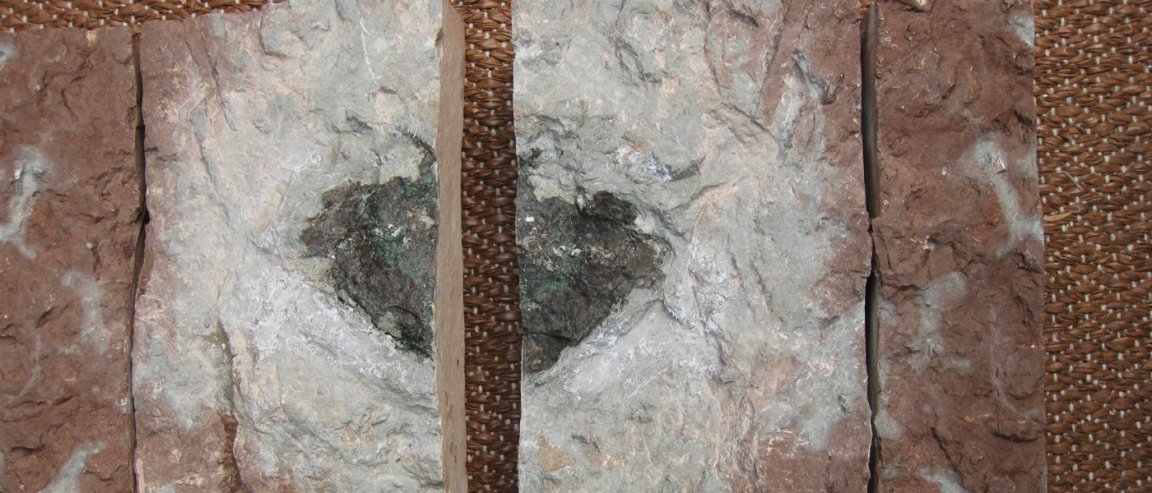
Meteorites are artifacts of the birth of our solar system. They are windows to what the cosmos was like before humanity came along, and to that end, they can give clues as to how life on Earth formed. So when a new type of meteorite is discovered, it’s usually a big deal.
And it seems that this is exactly what happened.
Swedish scientists have found a meteorite that doesn’t resemble the chemical makeup of any of the 50,000 meteorites known on Earth.

Called Ost 65, the meteorite sample falls outside all known combinations of chromium and oxygen isotopes that form the unique “fingerprint” of a meteorite.
“All interpretations about how the solar system formed are based on the meteorites that fall on Earth today. And 80% are ordinary chondrite and the assumption is then that these meteorites are the type of material that dominates … that it’s typical material for the solar system. But now we have the very, very first little clue, or indication, that there may have been other meteorites that were more common in the Earth’s distant past,” says the study.
The meteorite was initially uncovered in 2011; however, scientists have been analyzing it for the past five years, and this new information was just unveiled in a paper published in Nature Communications